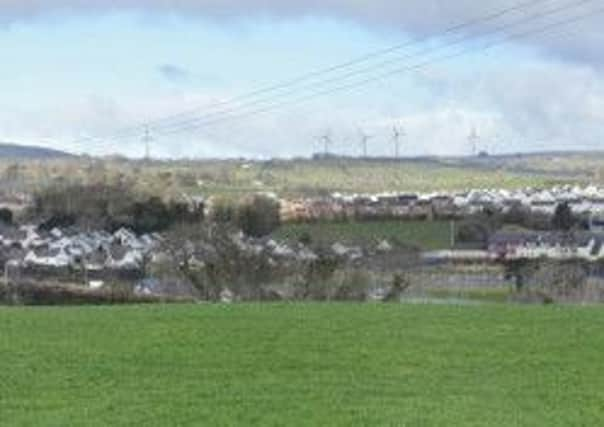Killyglen windfarm tourism claims are ‘nonsense’


The comments came after developer Apamore Services Ltd lodged an appeal against the refusal of planning permission for the site between Mullaghsandall Road and Starbog Road.
The planning service originally rejected the application due to “unacceptable adverse impact on visual amenity and landscape character,” as well as the impact on natural heritage, historic monuments and buildings, areas of significant archaeological interest and local tourism assets. Planners also feared it would not be “sympathetic to the special character” of the AONB, would generate noise and impact upon active peatland, biodiversity and conservation interests.
Advertisement
Hide AdAdvertisement
Hide AdIn a newly-published addendum to the original environmental statement, agent RPS states that “wind farms have their own tourism pull.”
It continues: “Independent studies at all levels broadly point towards a favourable disposition towards wind farm development. There are numerous examples where wind energy developments are proven to successfully co-exist and enhance tourism and leisure interests.”
The report refers to a study, which it claims shows there is “no evidence to suggest that wind farms deter tourists.” It adds that “many wind farms are
themselves a tourist attraction and are often sign-posted.”
Advertisement
Hide AdAdvertisement
Hide AdCiting an inspector’s report, it says: “The site can be promoted as tourist/education destination as a means of encouraging additional visitors to the area to support the local economy.”
However, these claims were condemned as “farcical” by the anti-windfarm campaigner, who did not wish to be named. She commented: “People will be very reluctant to go anywhere near these turbines. The Antrim Hills and the Glens of Antrim will be absolutely ruined. This is the fourth windfarm application for the Antrim Hills and I worry about the harmful effect on tourism, health and the environment.”
In an objection letter to the original application, the Ulster Federation of Ramblers highlighted the impact on the International Appalachian Trail (IAT), a walking route which begins in Donegal and stretches towards Scotland via Larne. The letter states: “This route is designed to have an international appeal but will be adversely affected by this development. Local anecdotal evidence suggests there is a proliferation of applications for this area and beyond that has the potential to irrevocably destroy this landscape and habitat forever.”